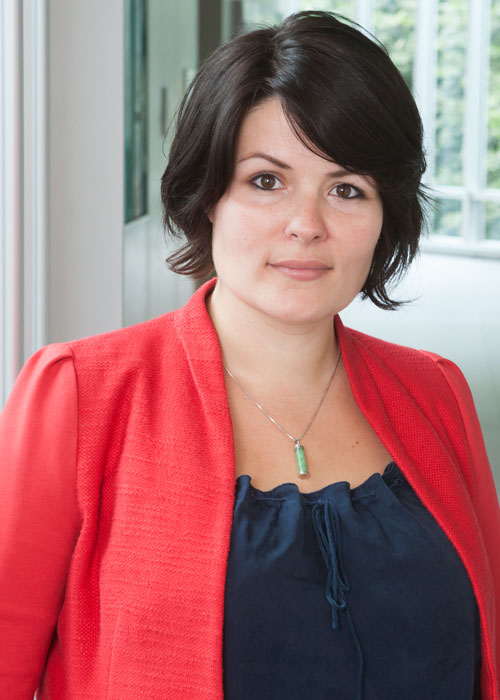What is the role of creativity in managing innovation?
July 6, 2017

Creativity is an essential part of any innovation process, and it is important to understand its mechanisms to be able to manage it properly. This idea is the starting point for a new collection of scientific papers, entitled The Role of Creativity in the Management of Innovation, co-edited by Assistant Professor Marine Agogué and Professors Alexander Brem of the University of Nuremberg, in Germany, and Rogelio Puente-Diaz, of the Anáhuac University, in Mexico.
Professor Agogué says her aim with this book is to focus on the importance of understanding the role of creativity and its impact on organizational processes. “You can’t just tell people to be creative. But you can create contexts that foster the emergence of creativity,” she explains.
She had already collaborated with her two co-authors on a special issue of the International Journal of Innovation Management on creativity in managing innovation. This time the three co-editors have delved even further into the state of the art in creativity research, by inviting different experts in the field to share their research findings and suggest possible avenues for future research.
In addition to the introduction co-authored with her colleagues, Professor Agogué co-wrote chapter 5 of this collection with doctoral student Romain Rampa and Christophe Abrassart, a Université de Montréal professor. They present a case study on Hydro-Québec and describe the methods used by the Quebec company to encourage creativity at its research centre.
About Marine Agogué
Marine Agogué is an Assistant Professor in the Department of Management. She is an engineer by training and holds a PhD in Management Science from the École des Mines in Paris. Her main research topic is cognitive biases in creativity. She is a member of the Mosaic creativity and innovation hub.
The Role of Creativity in the Management of Innovation, World Scientific editions, 2017, 300 pages. Available at the Coop HEC Montréal.
